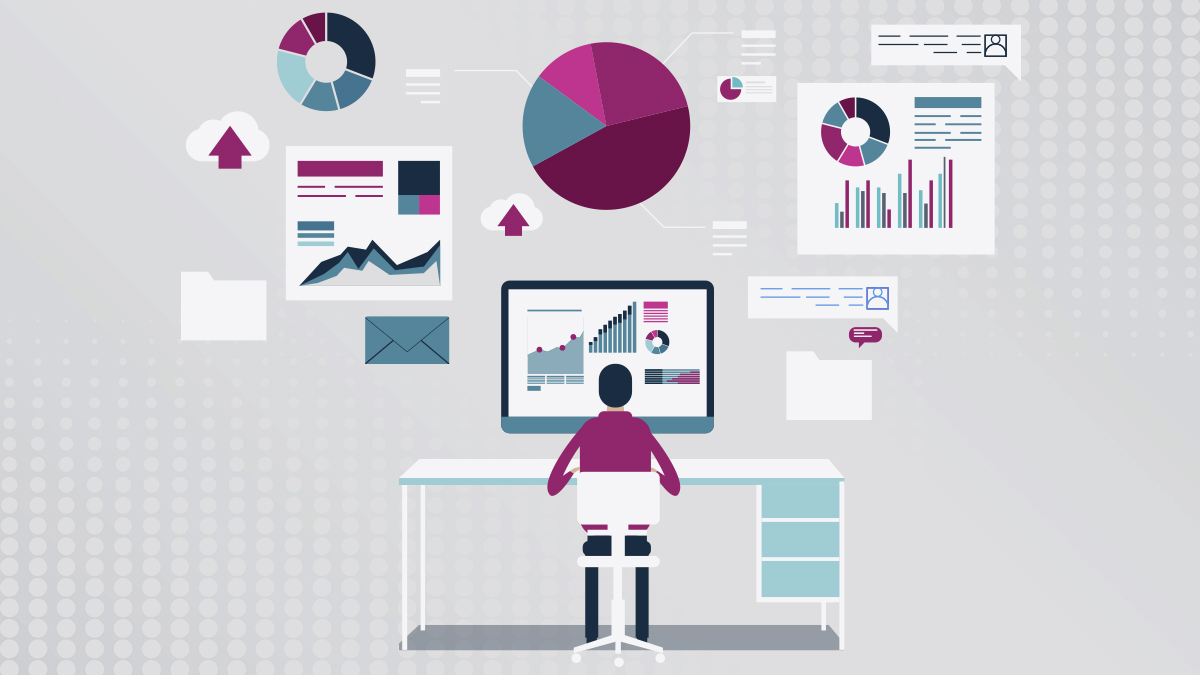Time is of the essence
The announcement made by Google on March 16th, 2022, is not to be taken lightly. A deprecation date was released for Universal Analytics (UA), stating that July 1st, 2023, will be the death and rebirth of Google Analytics. Google Analytics 4 (GA4) will become the only option for digital marketers come this day. Whether this statement is a threat or opportunity, on the other hand, is entirely up to us.
As GA4 has been available alongside UA since October of 2020, the mandatory transition should not be a total shock. Instead of fighting an unbeatable battle, Google Analytics users should take advantage of the time they have. With roughly one year until Google deprecates UA, we have a grace period to implement and build an understanding of GA4. Since UA has been the primary platform for nearly 10 years, there will be a learning curve transitioning to GA4. This is not an update; using a separate data model than UA, it will require significant practice and learning to utilize the tool to its fullest extent.
Expect an impact to be made
Upon the mandatory transition to GA4, there will be a massive disruption in e-commerce tracking when the day comes. UA users will experience a total loss of their pre-existing data. This includes historical data, custom dimensions, events, or any digital asset one has built over the last decade.
Google is positioning itself to survive the loss of third-party cookies we have been experiencing. Chrome currently holds most internet browsers by a landslide with web and app tracking, and a surplus of first-party user data.
Businesses will be required to take a new approach in considering tracking online activity; no longer will sessions be our key source of user insight, but the users themselves will become the focus of Google Analytics. Instead of tracking multiple sessions from web and app platforms, our learning will transcend to the journey of the user.
Benefits of transitioning to GA4
GA4 is a more flexible data model than ever before. Instead of tracking hits (pageviews, items, transactions, social etc.), the new model simplifies itself using an event-based model. Hits will be entirely replaced by events.
As each event on the free version of UA allows up to 25 custom parameters, GA4 will provide several properties about customers, products, and the journey taken by your users. It is a holistic platform in which every question one may have can be answered through the tracking of events.
Machine learning will yield new insights through this event-based model more easily than ever before. As we have built custom audiences on UA for years, GA4 takes it a step further, offering predictive audiences as a function. Likely purchasers, first time purchasers, churning purchasers, and more audiences will automatically be shared with any Google Ads accounts connected to your property.
Targeting the right audience will become much easier than before with this added function to GA4. There have been many areas of focus when building Google Ads campaigns in the past, in which extensive research was required to hit the bullseye. The advancement of Machine Learning will cut the amount of human research down and allow for the technology itself to build a sustainable audience.
Speaking of time savings, a massively useful feature unique to GA4 is the automatic enhanced measurement tagging function. Those who have built UA accounts understand how much manual tagging must take place to track user activities on a website. The new feature will allow event tagging without the need to change any of the code, including:
- Scrolls
- Site searches
- Outbound link clicks
- Video engagement
- File downloads
When setting up your GA4 account, each of these events will be available to tag with a single toggle click in the interface. Along with the events automatically being tagged, there are several parameters that can be automatically collected as well. With many of the staple events available for automatic capture through GA4, setting up a new Google Analytics account will be easier than ever before.
Key steps in making the switch
Unless you would like to lose every ounce of collected data when the day comes, moving UA contents to a data warehouse must be done. With several options to choose from, there are plenty of external sources.
- Recommended assets to back up:
- YoY analysis of ad performance and goals
- Account performance metrics
- Valuable customer segmentation metrics
Along with backing up your UA data while you still can, it is important to designate a reasonable amount of time to familiarize with GA4 while it is still an optional platform. By the time we are forced to use this platform, the more you have learned, the further you will be ahead of the curve.
In learning GA4 and practicing its functions, make sure to continue utilizing UA alongside it. By using both platforms at the same time, the full transition to GA4 will reduce your short-term disruption and long-term risk of making the switch.
The mandatory jump to GA4 will leave a mark in business, for both the good and the bad. It comes down to the next course of action that you take. Taking initiative before it is too late will make all the difference and could be the best decision you could make for your business.
